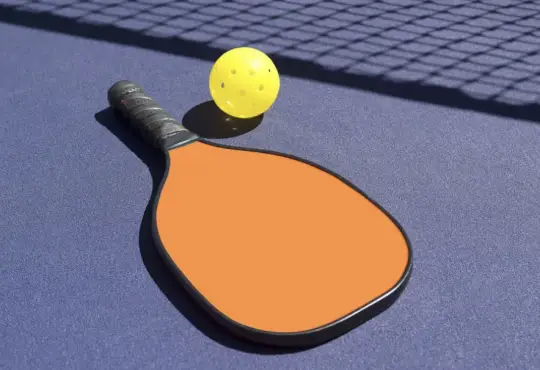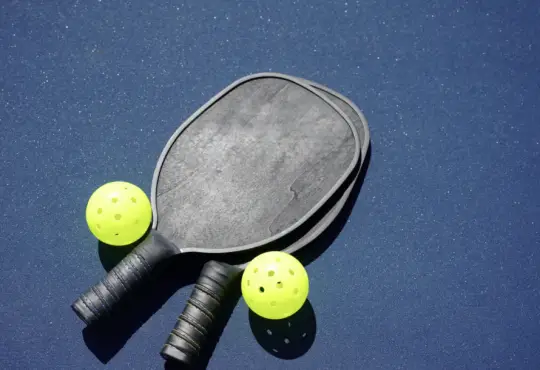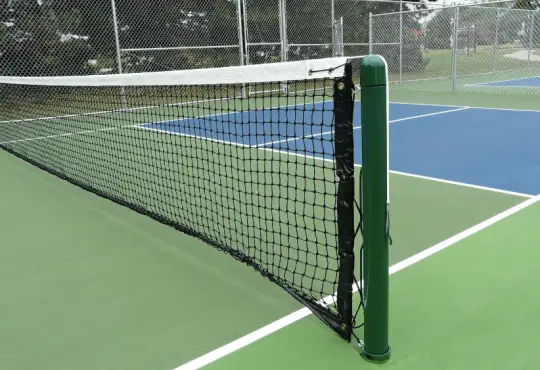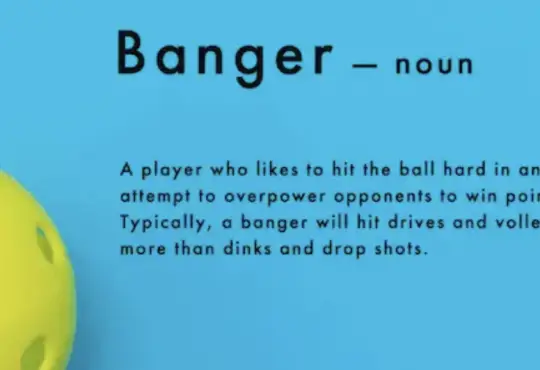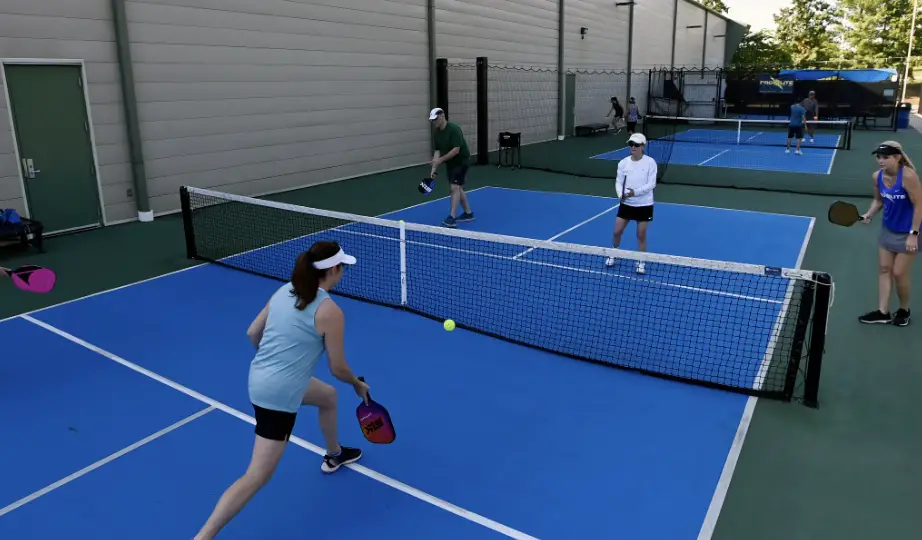
From Backyards to Worldwide Courts: The Origins of Pickleball
Pickleball, a sport that combines elements of tennis, badminton, and table tennis, has swiftly gained popularity and captured the hearts of players worldwide. But have you ever wondered when and how this unique game came into existence? In this blog post, we’ll dive into the intriguing history of pickleball, tracing its humble beginnings and its remarkable journey to becoming a global phenomenon.
1. Birth of an Idea: Pickleball’s origin can be traced back to a humble backyard on Bainbridge Island, Washington, in the summer of 1965. Three friends—Joel Pritchard, Bill Bell, and Barney McCallum—were determined to create a new game to entertain their families. The goal was to design an activity that would engage people of all ages and physical abilities, making it an inclusive and enjoyable experience for everyone.
2. An Unexpected Naming Story: The name “pickleball” has an unconventional origin. Contrary to popular belief, the sport wasn’t named after a pickle, the vegetable. Rather, it was named after a family pet, a dog named Pickles. As the story goes, Pickles had a penchant for chasing after stray balls during games, leading to the game’s quirky moniker—”pickleball.”
3. Early Days and Adaptations: In its initial stages, pickleball was played with improvised equipment, including wooden paddles and a perforated plastic ball. The game quickly gained traction in the local community, with players drawn to its simplicity and the physical activity it provided. As the sport’s popularity grew, players began making adjustments and refinements to the rules and equipment, solidifying the foundation of modern pickleball.
4. Spreading Beyond the Backyard: Pickleball’s appeal extended beyond the original trio of friends, as they introduced the game to their neighbors, friends, and local YMCA. With each new player, the sport gained momentum and continued to evolve. Its accessibility and the ease of setting up makeshift courts further contributed to its rapid spread across the country.
5. Formalizing the Game: In 1967, the first known pickleball court was constructed at the Pritchard family’s property. As the game’s rules and equipment became more standardized, dedicated pickleball courts began to pop up in various locations, making it easier for players to enjoy the sport on a consistent basis. Tournaments and organized competitions soon followed, cementing pickleball’s status as a legitimate and competitive sport.
6. Global Phenomenon: Pickleball’s popularity transcended geographical boundaries, spreading beyond the United States to countries around the world. The sport’s adaptability and inclusive nature contributed to its international appeal, with players of all ages and skill levels embracing the game. Today, pickleball is played in community centers, parks, sports clubs, and dedicated facilities across continents.
Conclusion: Pickleball’s origin story is a testament to the power of creativity, community, and the desire to create something fun and engaging. What began as a casual backyard game on Bainbridge Island has evolved into a global phenomenon that brings people together and fosters a sense of camaraderie. As players step onto the pickleball court, they not only engage in a thrilling sport but also become part of a rich history that continues to unfold with each new game, rally, and point scored. So, the next time you pick up a paddle and step onto the court, remember that you’re participating in a legacy that started with a simple idea and a dog named Pickles.

